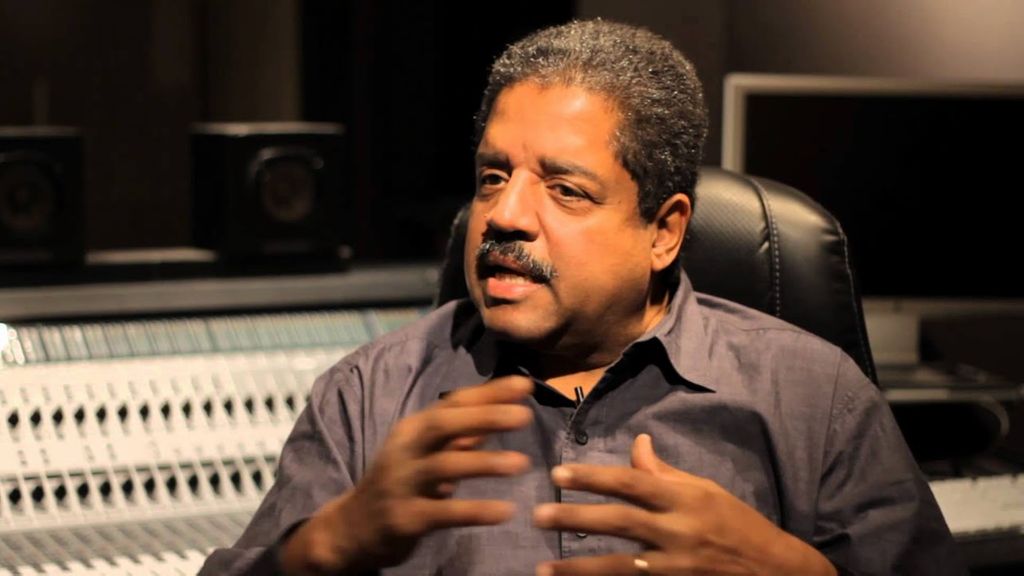Dexter, you took your first steps in the music business as an errand boy at the Uptown Theatre in Philadelphia in the late 50s and early 60s. You saw artists like James Brown, Stevie Wonder and Patti Labelle perform there. How did this job influence your wish to become a musician?
The bandleader at the Uptown back then was Doc Bagby. He along with Dave ‘Babe’ Cortez showed me my first chords on the organ. That’s how it all began.
Later as teenagers, you and your best friend Stanley Clarke formed your first band together. What memories do you have of that time?
Stanley Clarke and I had our first group together which we called The Speakers. This was back when we were both still in the ninth grade in junior high school. It was a great time. We had a lot of fun. He played bass and I played cello in the school orchestra. Stanley and I have remained close friends ever since. We see each other quite frequently. I was just at his house in California last month.
After the army you went to the legendary Sigma Sound Studios to audition on the piano. Do you remember what it was like to enter Sigma Sound Studios for the first time?
I started waiting in the lobby at Sigma Sound back in 1972 for someone to use me on a session. It was amazing to see all the fantastic musicians and recording artists that would come through there every day. All the great MFSB musicians headed by Don Renaldo along with artists like Wilson Pickett, David Bowie, The Tymes etc. It was there that guitar player for MFSB Roland Chambers that heard me and asked me to join his group Yellow Sunshine, which I did.
Dexter, how did you get together with Kenneth Gamble and Leon Huff in the first place?
It was as a member of Yellow Sunshine I met Gamble and Huff. They signed the group to the label, and we did an album there in 72, that was released in 73. At first I went through the process of submitting songs to them until finally in 1974 I got my first saw on Billy Paul, which was called Billy’s back home. From then on I was able to write, produce, arrange, and sign to the label as a recording artist.
Early on you started programming the EMS VCS 3 ‘Putney’ and the ARP 2600 for sessions at Sigma Sound Studios. Where did your interest in synthesizers come from?
Back then I was listening to Isao Tomita and Walter Carlos synthesis recordings and was so overcome and inspired by what they were doing. Which led to me programming the Putney at Sigma early on. I eventually wanted my own synthesizer and Al Perlman sent me an ARP 2600 that I begin to use on most of my sessions as well as other producers works.
How was it to work with these instruments back in the „pre-digital period“?
Well, monophonics synthesis was not easy back then. Putting the oscillators, envelop generators, sine waves, etc together to create sounds on one note was a bit of a chore. But it was something that I enjoy doing. That is until polyphonic synthesis came along.
At the same time, artists like Giorgio Moroder and Kraftwerk were working in Europe on the sound of the future. Did you already know back then that you were one of the pioneers in working with synthesizers?
What was funny back then was the fact that no one else was really doing synthesis that early, so I was the one that was being called into sessions in Philly and New York to try it out. Some producers liked it, but most others didn’t. Though I began to hear synthesis in it’s development on the radio as early as 74 and 75, and because by then pop and funk music keyboardists have started using synthesizers. Especially the mini moog.
Dexter, soon after you started working at Sigma Sound Studio, you became an important member of the PIR creative collective as songwriter, arranger and keyboarder. You worked with artists like MFSB, Teddy Pendergrass, Patti LaBelle, The Jones Girls, The Stylistics, The O’Jays and many more. How did you approach working with these different artists? And as what kind of producer would you describe yourself?
Well, as a producer, composer, arranger, in the beginning I tried to follow the path that Gamble, Huff, Bell and arranger Bobby Martin had created, but I quickly realized that they had done it as good as it was ever going to be done. So I began to add synthesis to the work I was doing. Well working with Grover Washington Jr, Phyllis Hyman, and Lou Rawls, brings back fond memories. I absolutely loved composing, arranging and conducting MFSB. At one point early on I was their live keyboard player and when Bobby Martin left I became their live conductor for a few years.
During your career you have also worked with various writers and lyricists including Cynthia Biggs, Bunny Sigler, T. Life, Vinnie Barrett and Kenneth Gamble. How important was collaboration for your creative process?
Early on I joined the band Instant Funk, which was Bunny Sigler’s backup band. T. Life was also a member, and while on the road backing up Bunny, we formed our own little production company called Mills and Mills. That’s the company that T. Life produced Evelyn Champagne King through. I wrote with Kenny, and Vinnie, but my collaboration with Cynthia Biggs was the most important and long lasting. She is such a great lyricist.
Dexter, in 1976 you released your solo debut “Life on Mars”. This album immediately became a classic and consolidated your “space age” image. What attracted you to the themes of space and science fiction?
Part of my early childhood I was being raised on a farm in Lewes Delaware. The night sky there was so clear, and seeing the moon, stars, and meteor showers really inspired me to learn more about outer space.
Let’s get back to your signature song “Life on Mars”. Please tell us a little bit about the creation and recording process.
I wrote “Life on Mars” on the road in 74 with Instant Funk. Instant Funk is the rhythm section on the actual recording, and my Arp 2600 is the synthesizer that you hear.
You released four great solo albums in the 1970s: “Life on Mars”, “What the World Is Coming to”, “Voyager” and “Time Is Slipping Away”. A characteristic of all these albums was the diversity of styles and genres. On a Dexter Wansel album you could hear everything from R&B and quiet storm to jazz-pop, fusion and funk. Did you see your solo albums as a free space to do all the things you couldn’t do as an arranger and producer?
I enjoyed making those albums because they helped me to explore sounds and variations. And I used synthesis throughout most of my compositions and arrangements as a producer because, like Billy Paul once told me, it made me different. He especially liked my orchestration and synthesis for one of the productions I did with him, called “I Think I’ll Stay Home Today”.
Dexter, “The Sweetest Pain” from the “Time Is Slipping Away” LP has become a timeless classic too. The song still sounds fresh and crisp today, which is also due to the great production. Please tell us a little bit about the creating process of this song.
The vocalist on “The Sweetest Pain” is Terri Wells. Terri was a member of my on the road performance group called The Planets. I loved her voice and developed a harmonic orchestral song structure with a rhythmic feel that would allow her to display her gift. Cynthia Biggs helped me write the lyrics. That’s how the song “The Sweetest Pain” came into being.
The Jones Girls appeared as background singers on “The Sweetest Pain”, a trio whose career you have significantly supported as songwriter and producer. Not least their song “Nights Over Egypt” from 1981, which you wrote and produced, is one of the milestones of early 80’s R&B. Singer Shirley Jones once called you a close friend. How did you experience the trio back then? Was it fun to work together?
The Jones Girls and I were so close from the very beginning of their entrance at PIR. I loved working with them on their albums and they often helped me with my productions, arrangements, and compositions outside of their own. Like the Lou Rawls “A Lovers Holliday” and my European album “Captured”. We were really close. I miss Brenda and Valorie.
In 1977, you produced the Grammy-winning album „Unmistakably Lou“ by Lou Rawls. It’s one of the classic PIR albums of the decade. Lou was already a legend back then. Was it easy to work with him?
When it comes to Lou Rawls let me put it this way, my kids called him uncle Lou. When he was on the East Coast he would be with us. When we were on the West Coast we would be with Lou. I did tons of work with Lou and there is an album in the can I did on him at PIR that was never released. I am the executive producer of his “Close Company” album for CBS. Words cannot convey how much I miss my friend.
Dexter, a last question: In retrospect, what characterizes the Sound of Philadelphia for you?
I think the Sound of Philadelphia is a great legacy of music with regards to rhythm and blues. Not only were the writers arrangers and producers responding to the world around them, but they were also innovators in their own right. I am honored to have been a part of it and to be able to perform many of the works that I did there. I am also proud to represent those who were part of the sound and those who are no longer with us. And let’s not forget all of the great recording artists and recording engineers that helped make The Sound of Philadelphia.
Dexter, thank you very much for the interview!
Photo: Dexter Wansel
The interview was published for the first time on February 8, 2020

